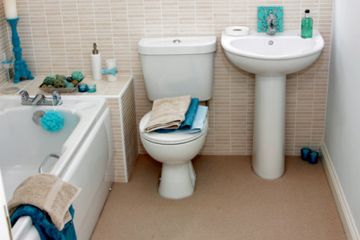We've all experienced that feeling somewhere between annoyance and panic when an automated toilet in a public restroom suddenly flushes sooner than we expect. Now that self-cleaning toilets are springing up in public restrooms from New York to San Francisco, are we in for more of the same, only sudsier?
Self-cleaning public toilets are already a common sight in European cities (Is it just us, or does Europe always seem to get the cool stuff first?), and in the past decade or so, several U.S. cities have also given them a try. But exactly what is a self-cleaning toilet, and how does it work? More importantly, are our fears of inadvertently triggering a human carwash justified, or can we put them to rest? The answers await on the next page.
Advertisement


